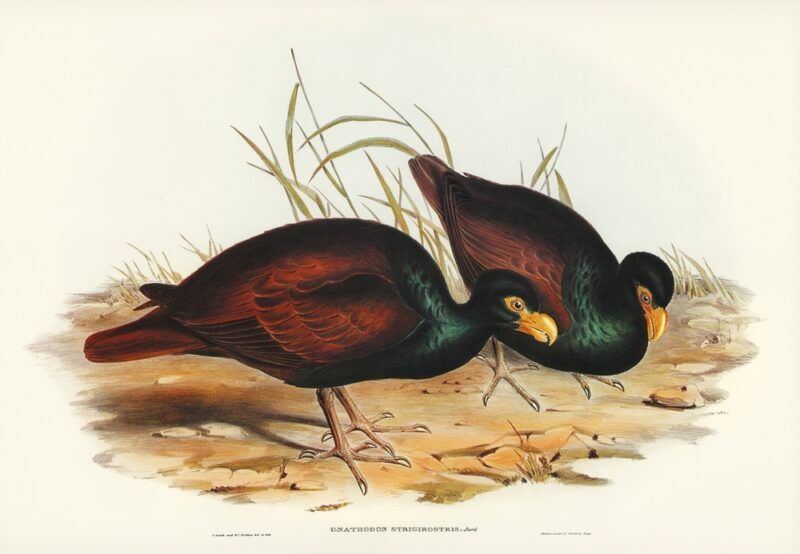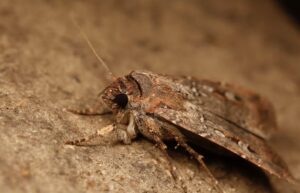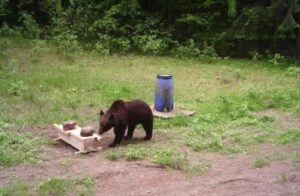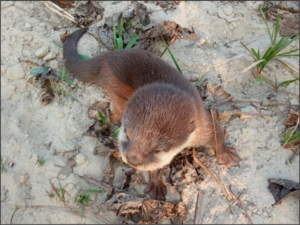The tooth-billed pigeon, often dubbed the “little dodo,” is one of the most elusive birds in the world. There are fewer than 100 left in the wild, and no one has photographed one since 2013.
Found only in Samoa, this critically endangered pigeon is uniquely adapted to island life. Its strong, curved beak allows it to eat tough native fruits. Between 4,000 and 7,000 roamed the island as late as the 1980s. Unfortunately, habitat destruction, hunting, and invasive species have pushed the bird to the edge of extinction. Locating one in the wild has been nearly impossible for years.
Now, the Colossal Foundation and several conservation partners have joined forces to find the bird using sound. The Colossal Foundation is part of Colossal Biosciences, the company best known for trying to revive extinct species like the woolly mammoth and the dire wolf.
The bioacoustic effort involves placing recorders in the forest to capture the sounds of wildlife. Later, researchers use AI to pick out the sounds that belong to the tooth-billed pigeon. By filtering thousands of hours of rainforest sounds, the AI algorithm can pick out promising audio clips that might reveal the bird’s presence.
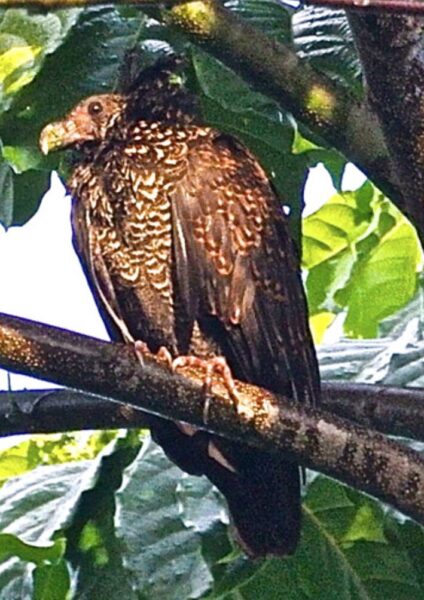
The last-known photograph of the tooth-billed pigeon, taken in 2013. Photo: Moeumu Uili
Bird sounds are like fingerprints
Sounds are critical identifiers for birds, and expert birdwatchers use sound more than sight to identify birds for their life lists. Birds call to attract mates, defend territory, and communicate with their young, and their calls are often as distinctive as fingerprints. That’s why bioacoustics has become an increasingly valuable tool in conservation, especially in hard-to-access areas.
A few researchers had previously attempted to use sound to find the endangered bird, but analyzing the data proved too difficult. Conservation officer Moeumu Uili, whose photo of a tooth-billed pigeon in 2013 is the last-known trace of it, admitted that “a significant gap remained in data analysis skills, limiting our ability to process results.”
Colossal stepped in to address the issue. Using a five-minute audio clip of three tooth-billed pigeon calls recorded at Germany’s Berlin Zoo in the 1980s, they created their AI algorithm. It analyzes recordings made in parts of the forest where the bird once lived. In a major breakthrough, it has identified 47 possible calls that offer hope that the Little Dodo may have survived.
While Colossal brings machine learning and acoustical analysis to the collaboration, the Samoa Conservation Society gives local knowledge and boots-on-the-ground support. Their team also installs and monitors the recording devices.
Verify the bird’s existence is the first step to preserving its habitat and helping the population recover.
